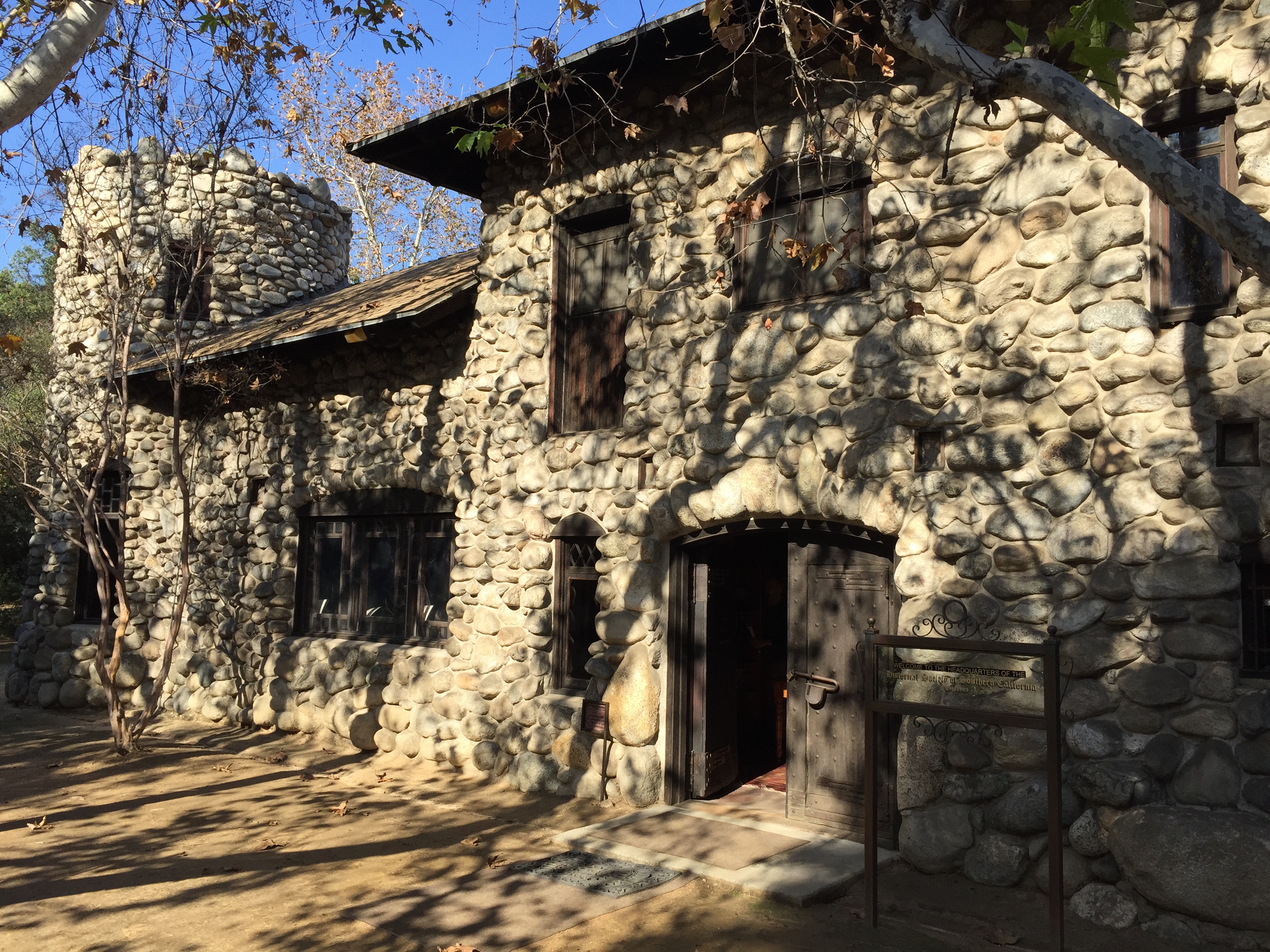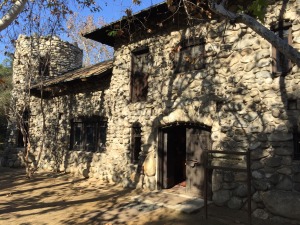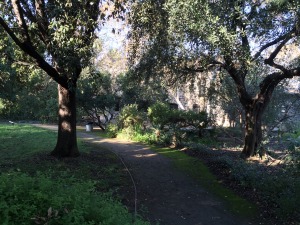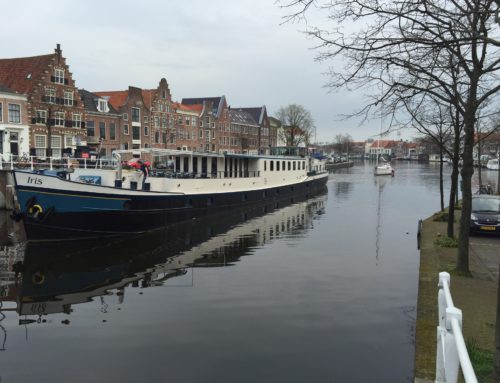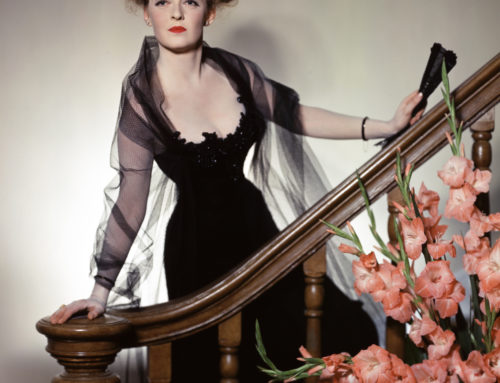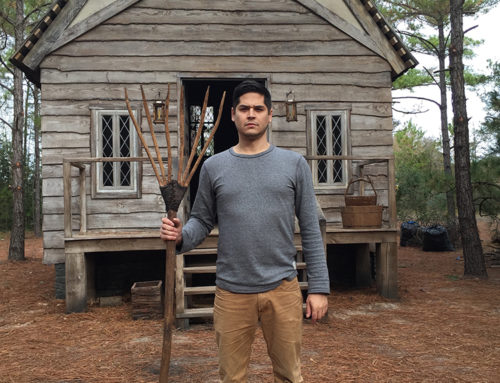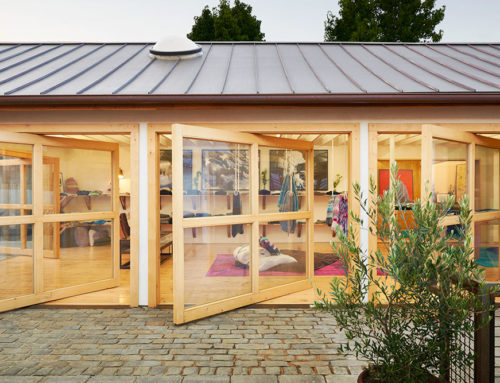Historic preservation, to be truly meaningful, requires more than just protection of significant buildings from the wrecking ball. In many cases, it also requires that the public have access to these treasures. Think of all the historic landmarks throughout the nation – from Monticello in the east to the California missions in the west – and imagine them closed off to the public.
A sad thought, right?
Which brings us to El Alisal, the home of Charles Fletcher Lummis, one of the most interesting and colorful figures in Southern California history. His home in the Arroyo Seco is not only architecturally quirky and unique, it’s a window into early 20th-century Los Angeles as a center of arts, culture and intellectual exchange with frequent visits from such dignitaries as Clarence Darrow, humorist Will Rogers, composer John Philip Sousa and naturalist John Muir. Lummis – writer, editor, librarian and more – built the home himself, holding parties and gatherings that were legendary; his guest book alone makes a visit to the home a worthy excursion.
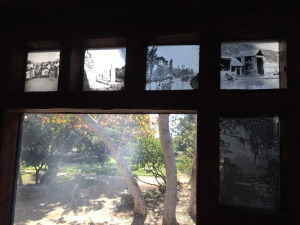
Interior details include black-and-white contact positive photos, which Lummis took, built into window frames.
The property is a Los Angeles Historic-Cultural Monument and on the list of the National Register of Historic Places. And thanks to the Historical Society of Southern California, the house has been open for free tours Fridays-Sundays.
But all that is likely to change come Dec. 31.
As detailed in an excellent article in the Los Angeles Times, the Lummis Home faces an uncertain future because the City of Los Angeles, owner of the home, and the Historical Society, which has leased the property for its headquarters since 1965, could not come to an agreement on extending the lease. Thus, the Historical Society is moving out at the end of the year.
Occidental College has expressed an interest in using the Lummis House as the base for an institute of western history, but the college has said it would need a long-term lease from the city, and no agreement has been reached.
On a recent visit, knowing that El Alisal may be closed to the public soon, I savored every single detail with my whole being – breathing in the beautiful yet overgrown gardens, the arroyo rock, the adobe walls, the hodgepodge collection of furniture and artifacts – hoping to commit everything to memory.
It’s a mish-mash of Rustic Craftsman, with an English tower and Mission-style parapet. Inside, the salon is Pueblo-inspired while the dining room is more in a Spanish Mission mold. Details throughout are lovely – the heavy wood beams, doors and built-in cabinets; the black-and-white contact positive photos he took built into window frames; the Navajo Fire Dance frieze above a bedroom fireplace mantel; the words etched into the master bedroom fireplace, “Love and a Fire, They’re Easy Lit, But to Keep Either – Wood to It!”
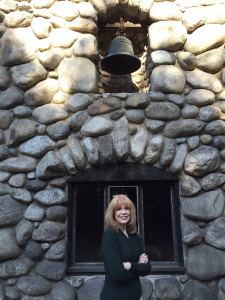 The home reflects Lummis’ wonderful, quirky character; his passion for the Southwest (he was the founder of the Southwest Museum just up the street from his house); and his love for parties (cleanup afterwards was made easier with concrete floors).
The home reflects Lummis’ wonderful, quirky character; his passion for the Southwest (he was the founder of the Southwest Museum just up the street from his house); and his love for parties (cleanup afterwards was made easier with concrete floors).
Sure you can read all about the house and the man. But to fully appreciate it, you need to visit it. You need a good docent to bring it alive. (Our excellent docent and guide was Christian Rodriguez.)
Let’s hope the City of Los Angeles takes swift action to ensure that this wonderful time capsule remains open to all of us.
Eleanor Schrader is an award winning architectural and interior design historian, professor and consultant who lectures worldwide on the history of architecture, interiors, furniture, and decorative arts. Follow her on Facebook and Twitter.



